Home>diy>Building & Construction>What Does Demo Mean In Construction
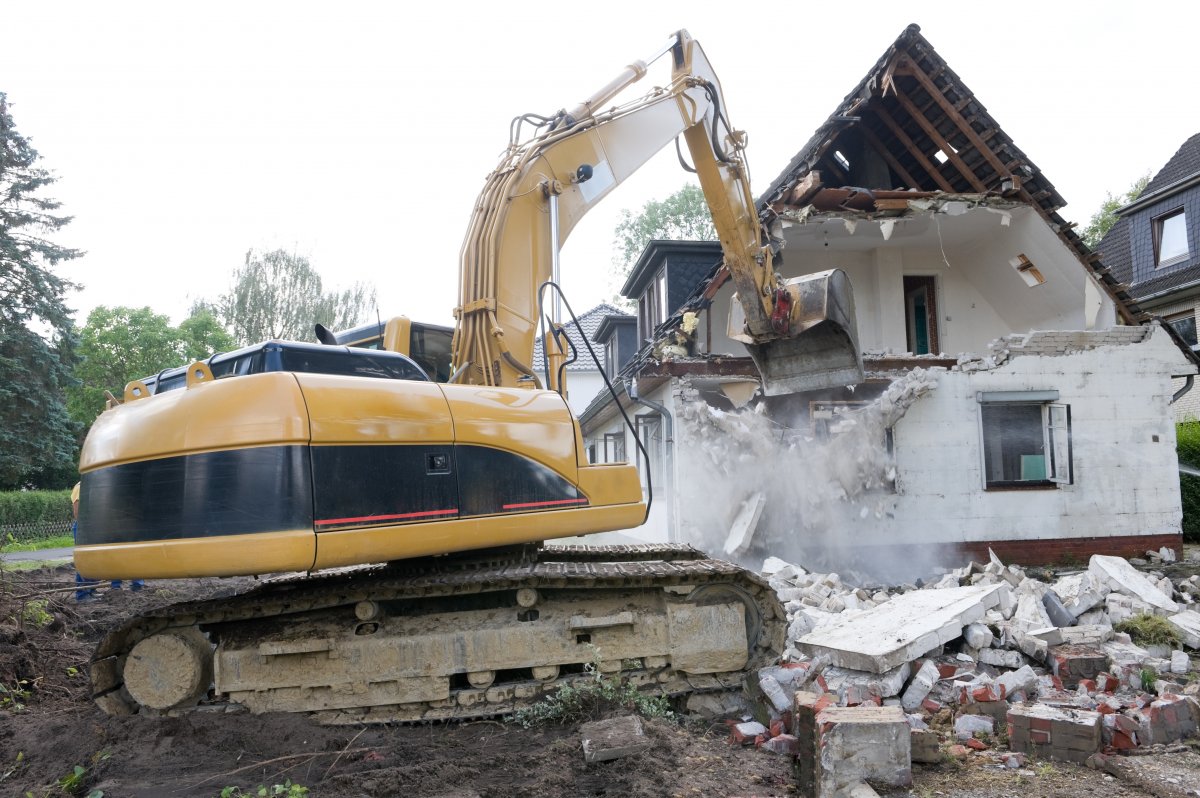

Building & Construction
What Does Demo Mean In Construction
Modified: March 6, 2024
Discover the meaning of "demo" in building construction and how it impacts the construction process. Learn about the significance and techniques involved in the demolition phase.
(Many of the links in this article redirect to a specific reviewed product. Your purchase of these products through affiliate links helps to generate commission for Storables.com, at no extra cost. Learn more)
Introduction
When it comes to the world of construction, there are various terms and concepts that one must be familiar with in order to fully understand the processes involved. One such term is “demo”, which is short for demolition. Demolition plays a crucial role in construction projects, as it involves the careful dismantling or removal of existing structures to make way for new construction.
Demolition is a complex and delicate process that requires expertise and meticulous planning. It involves not only the physical tearing down of buildings or structures but also the proper disposal of debris and consideration of safety measures. The purpose of this article is to provide a comprehensive overview of what demo means in construction and explore its significance, techniques, safety guidelines, environmental considerations, equipment used, cost and time considerations, challenges, and best practices.
By delving into these topics, we aim to shed light on the various aspects of demolition in construction and equip readers with the knowledge necessary to understand and appreciate the intricacies of this essential process.
Key Takeaways:
- Demolition in construction is the careful removal of old structures to make way for new buildings, renovations, and safety improvements, ensuring progress and safety in construction projects.
- Demolition requires expertise, planning, and safety measures to minimize risks and environmental impact, setting the stage for sustainable and efficient construction practices.
Definition of Demo in Construction
In the realm of construction, the term “demo” refers to the process of demolishing or taking down existing structures. These structures can range from small residential buildings to large commercial establishments and even infrastructure facilities such as bridges and roads.
Demolition can be classified into two main types: partial and complete. Partial demolition involves the selective removal of certain portions of a structure, while complete demolition entails the complete dismantling and removal of the entire structure from the site.
The reasons for demo in construction can vary. In some cases, structures may have reached the end of their lifespan and require replacement. Other times, renovations or remodeling projects may necessitate the removal of certain components to make way for new features or updates. Additionally, structures that are deemed unsafe or have suffered irreparable damage due to natural disasters may also need to be demolished.
It is important to note that demolition is not just about tearing down structures. It also involves careful planning, preparation, and adherence to safety regulations to ensure that the process is executed efficiently and securely.
The demo process in construction typically involves several steps. First, a thorough assessment and evaluation of the structure are conducted to identify any potential hazards and determine the most appropriate demolition method. Next, permits and permissions are obtained from the relevant authorities to proceed with the demolition. Once all necessary approvals are in place, the actual demolition process begins, utilizing various techniques and equipment.
Overall, the definition of demo in construction encompasses the removal or dismantling of existing structures using specialized techniques and equipment, with the goal of making way for new construction or addressing safety and renovation needs.
Importance of Demo in Construction
The demolition process holds significant importance in the realm of construction. It serves as the crucial first step in any construction project and paves the way for new developments. Here are the key reasons why demo is important in construction:
1. Creating space for new construction: Demolition allows for the removal of existing structures to create space for new and improved construction projects. Whether it’s removing an outdated building or clearing an area for a new infrastructure project, demolition is essential in making room for progress.
2. Renovation and remodeling: Often, existing structures require renovations or remodeling to adapt to changing needs or to meet modern standards. Demo plays a vital role in removing old components, such as walls, floors, or fixtures, enabling the construction team to renovate or remodel the space as desired.
3. Safety concerns: Dilapidated or structurally compromised buildings pose significant safety risks to occupants and neighboring structures. Demolishing such structures is crucial for ensuring the safety of people and the surrounding environment. By removing unsafe structures, construction projects can proceed with confidence and minimize the risk of accidents or structural failures.
4. Infrastructure development and urban planning: Infrastructure projects, such as the construction of bridges, highways, or public facilities, often require the demolition of existing structures. This allows for the expansion and improvement of transportation networks and urban planning initiatives.
5. Improved aesthetics and property value: Sometimes, outdated or unsightly structures can negatively impact the visual appeal of a neighborhood or property value. Demolition provides the opportunity to remove eyesores and revitalize the area, potentially increasing property values and attracting new investments.
6. Environmental considerations: Demo in construction can also play a role in sustainable development. By removing outdated and energy-inefficient structures, new constructions can incorporate environmentally friendly designs and materials, reducing their ecological footprint.
7. Adapting to changing needs: As cities and communities change over time, new demands and requirements arise. Demolition allows for the adaptive reuse of existing structures, repurposing spaces to better meet current needs and preferences, such as converting an old factory into a modern office space or transforming a commercial building into residential apartments.
Overall, the importance of demo in construction cannot be overstated. It provides the necessary foundation for new developments, ensures safety and compliance, facilitates renovations, and contributes to the overall progress and improvement of built environments.
Techniques for Demo in Construction
Demolition in construction requires careful planning and the use of specific techniques to ensure a safe and efficient process. There are several commonly used demolition techniques that construction professionals employ based on the nature of the structure and the project requirements. Here are some of the most common techniques:
1. Implosion: Implosion is a technique used for demolishing large structures such as skyscrapers or bridges. It involves strategically placing explosives at key structural points to initiate a controlled collapse. This technique requires meticulous planning and coordination to ensure the safety of nearby structures and people.
2. High-reach excavators: High-reach excavators, equipped with specialized demolition attachments, are commonly used for demolishing medium to tall structures. These machines provide the required reach and power to selectively dismantle structures from top to bottom. They are particularly useful when demolishing buildings in tight urban spaces where precision and control are necessary.
3. Selective dismantling: Selective dismantling involves the methodical removal of specific components or sections of a structure, while keeping other parts intact. This technique is often used when renovating or repurposing an existing building. It requires skilled laborers who can carefully deconstruct the structure while preserving the integrity of the remaining elements.
4. Deconstruction: Deconstruction is a sustainable approach to demolition that focuses on maximizing the recovery and reuse of materials. Unlike traditional demolition, deconstruction involves disassembling a structure piece by piece, salvaging materials for recycling or repurposing. This technique minimizes waste and contributes to environmental sustainability.
5. Crushing and recycling: In many demolition projects, concrete and other construction materials need to be disposed of properly. Crushing equipment is used to break down concrete into smaller pieces, which can then be recycled for use in new construction projects or as fill material for landscaping and roadbeds.
6. Ball and crane: The ball and crane method involves using a heavy steel ball attached to a crane to demolish structures. The ball is swung into the structure, creating significant impact force that causes it to collapse. This technique is commonly used for demolishing small to medium-sized structures.
7. Manual demolition: Manual demolition involves the use of handheld tools such as sledgehammers, jackhammers, and cutting equipment. It is often employed for smaller structures or for selective demolition within a larger building. Manual demolition requires skilled workers who can safely and efficiently dismantle structures by hand.
Each of these demolition techniques requires careful planning, expertise, and adherence to safety protocols. The choice of technique depends on various factors, including the size and type of structure, accessibility, environmental considerations, and project requirements. Construction professionals assess these factors to determine the most appropriate technique for each demolition project.
Safety Guidelines for Demo in Construction
Demolition in construction is inherently risky and requires strict adherence to safety guidelines to protect workers, bystanders, and the surrounding environment. Here are some essential safety guidelines that should be followed during the demo process:
1. Site evaluation and planning: Before commencing any demo work, a thorough site evaluation must be conducted to identify potential hazards and plan accordingly. This includes assessing the structural stability of the building, inspecting for hazardous materials such as asbestos or lead, and identifying any nearby utilities or infrastructure that may be affected.
2. Secure permits and notify authorities: It is important to obtain the necessary permits and regulatory approvals before starting any demo work. Notifying local authorities, utility companies, and neighboring businesses or residents helps ensure that everyone is aware of the demolition activities and can take any necessary precautions.
3. Personal protective equipment (PPE): All workers involved in demolition must wear appropriate personal protective equipment, including hard hats, safety goggles, ear protection, gloves, and steel-toed boots. Additionally, respiratory protection may be required if there is a risk of airborne particles or hazardous fumes.
4. Proper equipment and tools: Using the right equipment and tools for the task at hand is crucial for worker safety. Equipment should be regularly inspected and maintained, and operators should be trained on safe operation. Tools such as saws, jackhammers, and cutting equipment should be used correctly and safely to prevent accidents.
5. Establish clear communication: Effective communication among workers on the demolition site is essential for safety. This includes using hand signals, radios, or other communication devices to coordinate movements and ensure everyone is aware of each other’s actions.
6. Access control and barricading: Controlling access to the demolition site is crucial to prevent unauthorized entry and ensure the safety of workers and bystanders. Erecting sturdy barricades, fencing, and warning signs can help keep people away from the danger zone.
7. Dealing with hazardous materials: If the structure to be demolished contains hazardous materials like asbestos or lead, proper protocols for handling and removal must be followed. Qualified professionals should be engaged to safely identify, handle, and dispose of hazardous materials in compliance with applicable regulations.
8. Fall protection: Adequate fall protection measures should be implemented for workers working at heights or on elevated platforms. This includes the use of safety harnesses, guardrails, and proper scaffolding to prevent falls and protect workers from injury.
9. Safe debris removal: The removal and disposal of debris generated during demolition must be carried out with care. Implementing proper waste management practices and ensuring that debris is properly contained, removed, and disposed of helps minimize environmental impact and prevent accidents.
10. Ongoing safety training and supervision: Regular training sessions and supervision are essential to promote a safety culture on the demolition site. Workers should be educated on safe working practices, emergency procedures, and the proper use of equipment and tools. Ongoing monitoring and supervision help ensure compliance with safety guidelines throughout the entire demolition process.
These safety guidelines are crucial for minimizing the risk of accidents, injuries, and damage during the demolition process. By prioritizing safety at every step, construction professionals can ensure a safe working environment and successfully complete demolition projects without compromising the well-being of workers and the surrounding community.
Read more: What Does Furring Mean In Construction
Environmental Considerations in Demo
Demolition in construction not only involves the physical tearing down of structures but also has environmental implications. It is essential to consider and mitigate any potential environmental impacts throughout the demo process. Here are some important environmental considerations to keep in mind:
1. Hazardous materials: Many older structures may contain hazardous materials such as asbestos, lead-based paint, or polychlorinated biphenyls (PCBs). Special precautions must be taken to identify and safely remove these materials to prevent contamination during the demolition process. Engaging qualified professionals to conduct thorough testing and follow proper removal and disposal protocols is essential.
2. Waste management and recycling: Demolition generates a significant amount of waste material. It is crucial to implement proper waste management practices to reduce the environmental impact. Maximizing recycling and reuse of materials, such as metal, concrete, and wood, helps minimize the need for new raw materials and reduces the volume of waste sent to landfills.
3. Erosion and dust control: Demolition activities can cause excessive dust and increase the risk of erosion. Implementing effective dust control measures, such as using water sprays and dust suppression barriers, helps minimize airborne particles and reduces the potential health impacts on workers and nearby communities. Additionally, controlling erosion through the use of erosion control barriers and sedimentation ponds prevents soil runoff and protects nearby water bodies.
4. Energy efficiency considerations: When new construction is planned after demolition, it is essential to consider energy-efficient practices. This includes incorporating energy-efficient building designs, insulation, and sustainable materials to reduce energy consumption and carbon footprint in the new structure.
5. Ecological impact: Demolition activities can disrupt local ecosystems, particularly if the site is in or near sensitive habitats. Construction professionals should conduct environmental assessments to identify any protected species, critical habitats, or natural resources in the area. Mitigation measures, such as relocating wildlife or implementing erosion control, can help minimize ecological impacts.
6. Noise and vibration: Demolition activities can generate excessive noise and vibrations that may disturb nearby residents or wildlife. Implementing noise reduction measures, such as using noise barriers or scheduling work during specific hours to minimize disruptions, helps mitigate the impact on the surrounding environment.
7. Air quality considerations: Demolition activities can release dust, particulate matter, and other potentially harmful airborne pollutants. Proper dust control measures, including using water sprays or encapsulating exposed materials, help maintain air quality and minimize the impact on nearby communities.
8. Regulatory compliance: Compliance with local, state, and federal environmental regulations is crucial during demolition. It is essential to obtain the necessary permits and follow guidelines related to waste disposal, emissions, and other environmental considerations. Regular monitoring and reporting ensure adherence to applicable environmental regulations.
By taking into account these environmental considerations, construction professionals can ensure that the demo process is carried out in an environmentally responsible manner. This helps minimize the ecological footprint, protect natural resources, and promote sustainability in the construction industry.
In construction, “demo” is short for demolition, which refers to the process of tearing down or removing a structure or part of a structure. It is important to follow safety protocols and obtain necessary permits before starting a demolition project.
Equipment and Tools Used in Demo
Demolition in construction requires the use of specialized equipment and tools to efficiently and safely dismantle structures. These equipment and tools vary depending on the size and type of the structure being demolished and the specific demolition technique employed. Here are some commonly used equipment and tools in the demo process:
1. Excavators: Excavators are versatile and powerful machines used in various stages of the demolition process. They are equipped with buckets or attachments like hydraulic breakers or shears, allowing them to efficiently remove large components or break down concrete and other materials.
2. Backhoes: Backhoes are another common piece of equipment used for demolition. They feature a bucket on the front and an arm with a claw-like attachment on the back, which can be used for precise digging, lifting, and breaking down structures.
3. High-reach excavators: High-reach excavators are specifically designed for tall or multi-story building demolitions. They have extended arms and specialized attachments that can safely reach and dismantle structures at heights.
4. Crushers and pulverizers: Crushers and pulverizers are heavy-duty machines used to break down concrete, brick, and other hard materials into smaller, manageable pieces. They are commonly used to process demolition debris for recycling or disposal.
5. Hydraulic breakers: Hydraulic breakers, also known as jackhammers or hammers, are powerful tools used to break up concrete, rocks, or pavement. They are often attached to excavators or backhoes and are used to demolish foundations, walls, and other solid structures.
6. Concrete saws: Concrete saws come in various sizes and types, including handheld saws and walk-behind saws. They are used to cut through concrete, asphalt, and other hard materials, allowing for controlled demolition and precise cuts.
7. Wire saws: Wire saws are utilized for cutting through thick concrete or structures where traditional saws cannot reach. They use a continuous loop of wire with diamond-impregnated beads to cut through reinforced concrete and other materials.
8. Demolition robots: Demolition robots are remote-controlled machines equipped with various attachments such as hydraulic breakers, crushers, or cutters. They are used in situations where it may be unsafe or challenging for human operators to access certain areas, such as confined spaces or hazardous environments.
9. Sledgehammers and hand tools: Manual demolition tools, such as sledgehammers, pry bars, and handheld cutting tools, are commonly used for smaller-scale demolitions or selective dismantling. They require physical exertion and precision to safely and effectively dismantle structures.
10. Safety equipment: In addition to the specific demolition tools, it is essential to have appropriate safety equipment on the job site. This includes personal protective equipment (PPE) such as hard hats, safety goggles, gloves, ear protection, and respiratory masks to ensure the safety and well-being of workers.
It is important to note that the availability and selection of equipment and tools may vary based on the specific demolition project. Construction professionals should carefully evaluate the project requirements and consult with demolition experts to determine the most suitable equipment and tools for the job. Additionally, proper training and maintenance of the equipment play a crucial role in ensuring safe and efficient demolition operations.
Cost and Time Considerations in Demo
Demolition in construction involves certain cost and time considerations that are important to take into account when planning a demolition project. Factors such as the size and complexity of the structure, the location, the chosen demolition technique, and the presence of any hazardous materials can impact both the cost and the duration of the demo process.
1. Size and complexity of the structure: The size and complexity of the structure to be demolished directly affect the cost and time involved in the demolition process. Larger buildings or structures with intricate designs may require more equipment, labor, and time to safely and effectively carry out the demolition.
2. Hazardous materials: If the structure contains hazardous materials such as asbestos or lead, additional precautions and specialized handling procedures are needed. Dealing with hazardous materials can add to the cost and time required for proper testing, removal, and disposal in compliance with environmental regulations.
3. Demolition technique: The chosen demolition technique can significantly impact both the cost and the duration of the demolition process. Techniques such as implosion or high-reach excavators may require more specialized equipment, skilled operators, and careful planning, resulting in higher costs and longer execution times.
4. Site accessibility: The accessibility of the site plays a role in the cost and time considerations of demolition. Sites that are difficult to access, such as those in densely populated areas or with limited space, may require additional planning and logistical efforts, potentially increasing the cost and duration of the demolition project.
5. Waste management and recycling: Proper waste management and recycling practices can impact the cost of demolition. Implementing recycling strategies to minimize waste sent to landfills may require additional sorting and processing facilities, which can increase the overall cost. However, it can also contribute to sustainability efforts and potentially reduce disposal fees.
6. Environmental regulations: Compliance with environmental regulations is essential during the demo process, which can impact both the cost and time considerations. Obtaining the necessary permits, conducting environmental assessments, and following proper disposal procedures can add to the overall cost and time involved in the demolition.
7. Project timeline: The timeline and schedule for the demolition project should be carefully considered. Factors such as nearby construction activities, noise restrictions, or specific project deadlines may require the demolition to be completed within a specified time frame. Accelerated timelines can result in higher costs due to additional resources and overtime labor.
8. Unexpected conditions: Unforeseen conditions, such as structural complications, hidden utilities, or unforeseen environmental challenges, can impact both the cost and duration of the demolition. Adequate planning and contingency measures should be in place to account for potential unforeseen circumstances and prevent delays.
It is important to work with experienced demolition contractors and consultants who can provide accurate cost estimates and realistic timelines based on the specific project requirements. Proper planning, careful consideration of these cost and time factors, and effective communication among stakeholders are essential to ensure a successful and efficient demolition process.
Challenges and Risks in Demo
Demolition in construction presents various challenges and risks that need to be carefully managed to ensure the safety of workers, the public, and the surrounding environment. Understanding these challenges and implementing appropriate risk mitigation strategies is essential. Here are some common challenges and risks associated with the demo process:
1. Structural stability: One of the primary challenges in demolition is assessing and managing the structural stability of the building or structure to be demolished. Dilapidated or compromised structures may pose risks of collapsing prematurely, which can endanger workers and nearby structures.
2. Presence of hazardous materials: The presence of hazardous materials, such as asbestos, lead paint, or PCBs, can pose significant health risks to workers if not properly identified, handled, and removed. Exposure to these materials during the demolition process can have long-term health consequences if safety precautions are not taken.
3. Controlling dust and debris: Dust and debris generated during demolition can pose health risks to workers and nearby communities. It is essential to implement effective dust suppression measures, such as water sprayers, dust barriers, or encapsulation techniques, to minimize the release of harmful particles.
4. Noise pollution: Demolition activities can generate high levels of noise, which can be disruptive to nearby residents, businesses, and even wildlife. Implementing noise reduction measures, such as using noise-reducing equipment, scheduling work during appropriate hours, or employing sound walls, helps mitigate the impact of noise pollution.
5. Working at heights: Working at heights is common in demolition projects, especially when dismantling multi-story buildings. This poses risks of falls or accidents if proper fall protection measures, such as guardrails, safety harnesses, and secure scaffolding, are not in place.
6. Utility interference: Underground utilities like gas lines, electrical cables, or water pipes can pose serious safety risks during demolition if not identified and properly managed. Damage to these utilities can lead to gas leaks, electrical hazards, or water contamination.
7. Environmental impact: Demolition activities can have adverse environmental impacts if not properly managed. Improper handling and disposal of hazardous materials, inadequate dust control, or runoff of chemical substances can harm ecosystems, contaminate soil and water sources, and negatively impact air quality.
8. Logistics and site access: Accessing demolition sites, especially in urban or congested areas, can be challenging. Coordinating traffic control, ensuring safe pedestrian pathways, and managing logistics for the transportation and disposal of debris require careful planning and execution.
9. Unforeseen conditions: Unforeseen conditions, such as hidden structural elements, unstable ground conditions, or unexpected utility locations, can pose risks and challenges during the demolition process. Adequate site assessments and ongoing monitoring help mitigate the impact of unforeseen conditions.
10. Communication and coordination: Effective communication and coordination among all stakeholders involved in the demolition project are crucial to ensure safety and minimize risks. Clear communication channels, proper training, and regular safety briefings help ensure everyone is aware of their roles and responsibilities.
Addressing these challenges and risks requires thorough planning, compliance with safety regulations, and engagement of experienced professionals. Regular risk assessments, implementation of appropriate safety measures, and ongoing monitoring help mitigate potential risks and ensure a safe and successful demolition project.
Read more: What Does ISO Mean In Construction
Best Practices for Demo in Construction
Executing a demolition project requires careful planning, adherence to safety guidelines, and efficient execution. By following best practices, construction professionals can ensure a smooth and successful demolition process. Here are some key best practices for demo in construction:
1. Thorough project assessment: Begin by conducting a comprehensive assessment of the project, including a thorough evaluation of the structure, identification of hazardous materials, assessment of environmental considerations, and analysis of any potential risks or challenges. This assessment will inform the planning and execution of the demolition project.
2. Develop a detailed plan: Based on the project assessment, develop a detailed demolition plan that includes a sequence of work, a timeline, allocation of resources, and identification of potential risks and mitigation strategies. The plan should also consider waste management, recycling, and environmental impact mitigation measures.
3. Obtain necessary permits and compliance: Ensure that all necessary permits, licenses, and regulatory compliance requirements are obtained before initiating the demolition project. This includes permits related to demolition, waste disposal, hazardous materials handling, and environmental regulations.
4. Safety as a priority: Prioritize safety throughout the demolition project. Implement rigorous safety protocols, provide comprehensive training to workers, and ensure that all personnel involved are equipped with appropriate personal protective equipment (PPE). Regular safety inspections and ongoing communication regarding safety practices are vital.
5. Engage experienced professionals: Collaborate with experienced demolition contractors, engineers, and environmental consultants who have expertise in the specific type of demolition project. Their knowledge and experience can provide critical insights and help ensure a successful and safe demolition process.
6. Careful hazardous material removal: If hazardous materials are identified, engage qualified professionals who specialize in their safe removal and disposal. Strict adherence to guidelines and regulations is crucial to protect workers, the public, and the environment from the potential risks associated with hazardous materials.
7. Minimize environmental impact: Implement practices to minimize the environmental impact of the demolition process. Maximize recycling and salvage opportunities, properly dispose of waste materials, control dust and debris with effective measures, and mitigate any potential harm to ecosystems and natural resources.
8. Regular communication and coordination: Maintain open and regular communication with all stakeholders involved in the demolition project, including contractors, clients, regulators, and neighboring parties. Effective communication ensures that everyone is aware of project milestones, safety procedures, and any changes that may affect the project’s timeline or scope.
9. Surveys and inspections: Conduct structural and site condition surveys, as well as regular inspections throughout the demolition process. These surveys and inspections help identify any unexpected conditions, monitor the progress of work, and ensure that the project remains on track and compliant with safety and quality standards.
10. Document and learn from the experience: Maintain comprehensive documentation throughout the demolition project, including records of permits, safety inspections, and any unexpected challenges or deviations from the initial plan. Evaluating and learning from the experience can help improve future demolition projects and ensure continuous improvement in processes and procedures.
By following these best practices, construction professionals can mitigate risks, ensure compliance, and achieve successful demolition projects. A well-executed demolition project sets the foundation for subsequent construction activities, delivering safe and satisfying results for all stakeholders involved.
Conclusion
Demolition in construction is a critical and complex process that sets the stage for new developments. Understanding the definition, importance, techniques, safety guidelines, environmental considerations, equipment, and best practices for demo is crucial for construction professionals and those involved in the industry.
By carefully planning and executing demolition projects, construction professionals can create space for new construction, facilitate renovations, address safety concerns, and contribute to sustainable development. Adhering to safety guidelines and environmental considerations, such as proper waste management, dust control, and hazardous material removal, ensures the safety of workers, the public, and the surrounding environment.
The selection of appropriate demolition techniques and the use of specialized equipment and tools play a significant role in achieving safe and efficient demolition. Engaging experienced professionals who understand the complexities and challenges of demolition can help mitigate risks and ensure successful project outcomes.
It is important to consider cost and time factors in demolition projects, considering variables such as the size and complexity of the structure, presence of hazardous materials, waste management practices, and adherence to environmental regulations. By carefully assessing these factors and employing best practices, construction professionals can make informed decisions to achieve cost-effective and timely results.
In conclusion, demolition in construction is a vital process that requires expertise, careful planning, adherence to safety guidelines, and consideration of environmental impact. By following best practices, construction professionals can carry out demolition projects with efficiency, safety, and sustainability in mind, paving the way for new developments and shaping the built environment for the better.
Frequently Asked Questions about What Does Demo Mean In Construction
Was this page helpful?
At Storables.com, we guarantee accurate and reliable information. Our content, validated by Expert Board Contributors, is crafted following stringent Editorial Policies. We're committed to providing you with well-researched, expert-backed insights for all your informational needs.
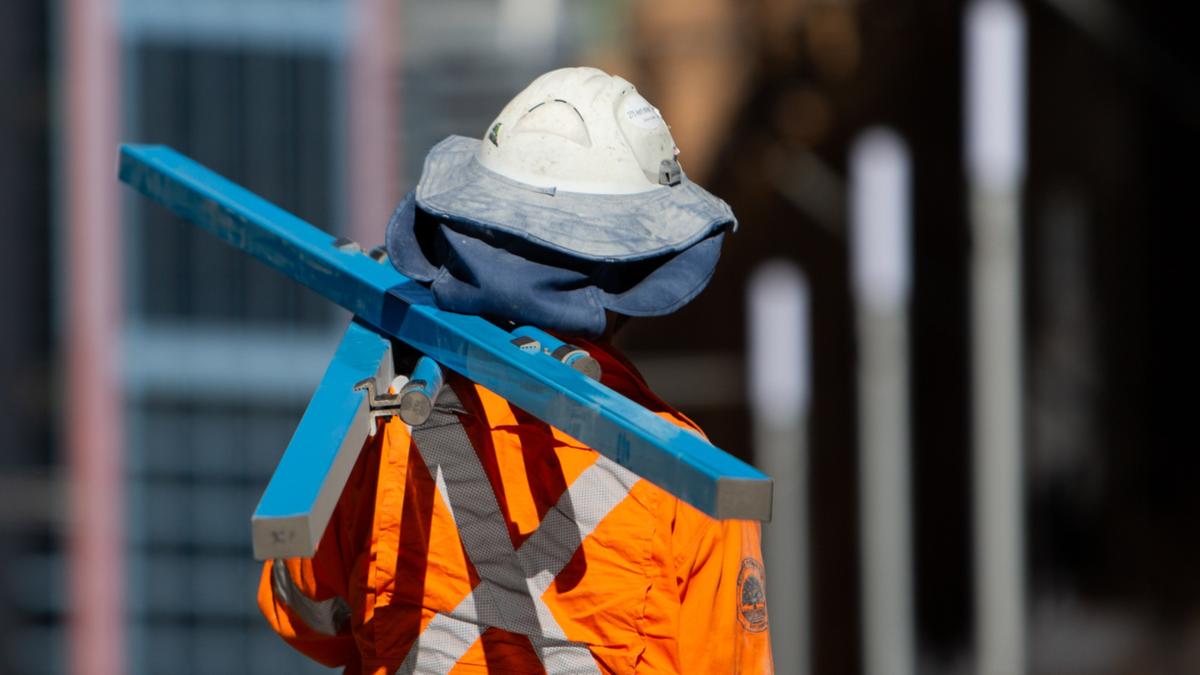


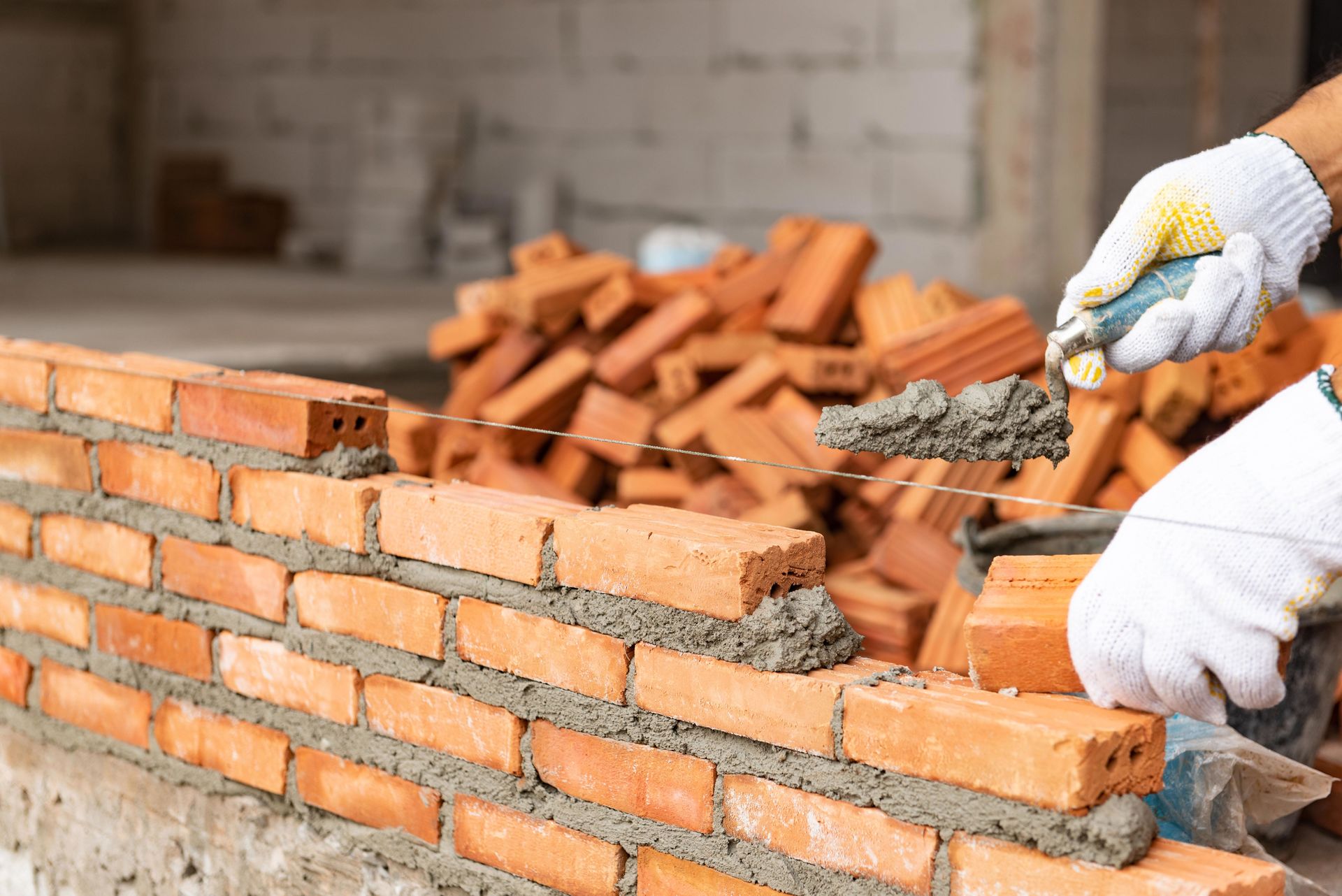
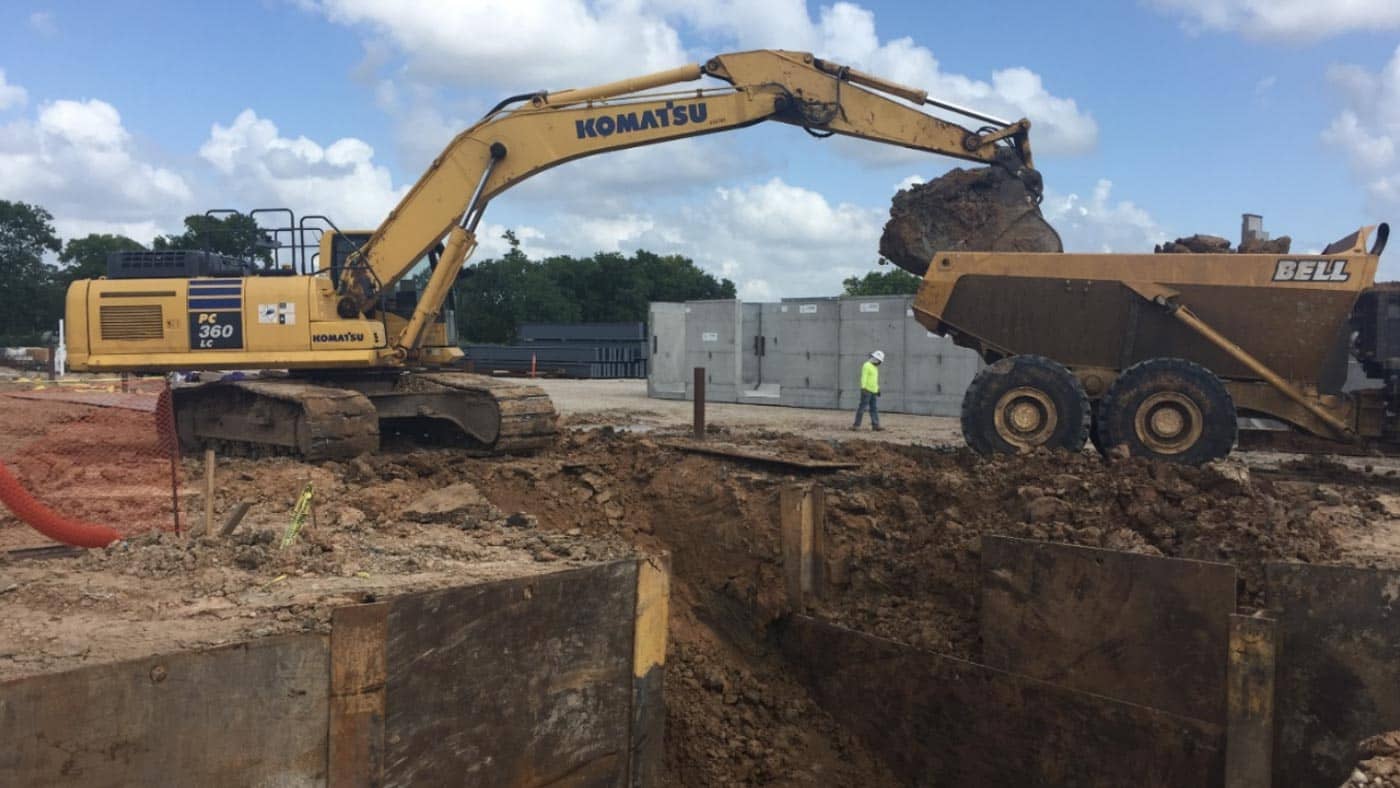
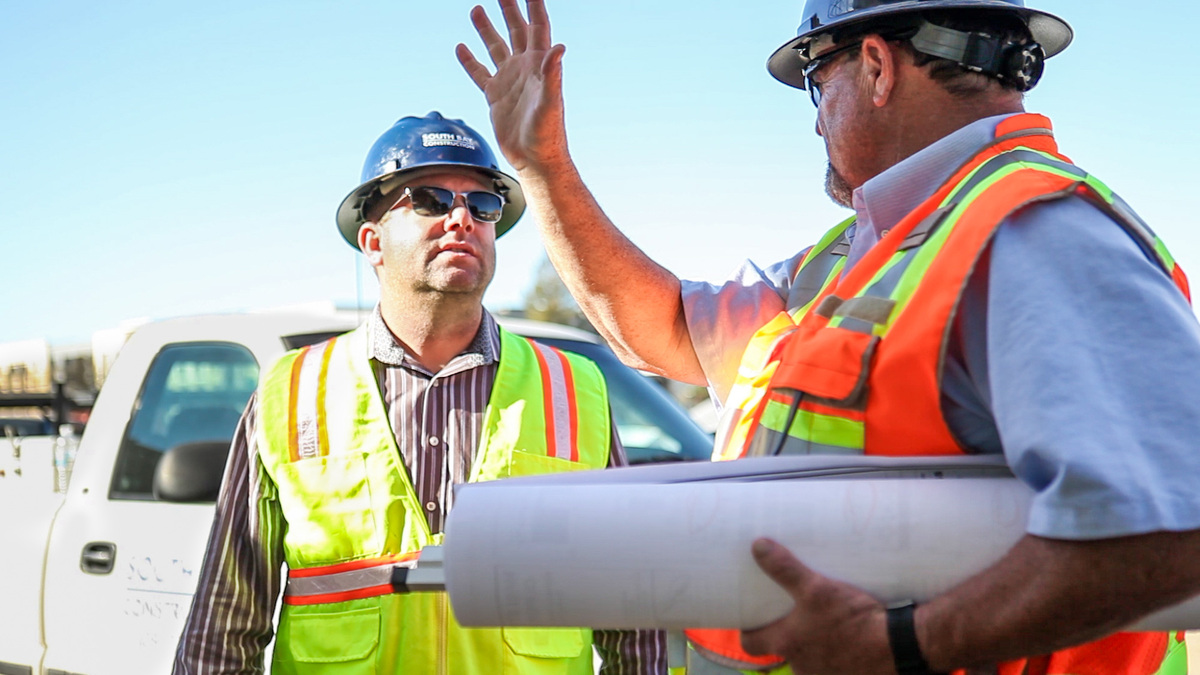
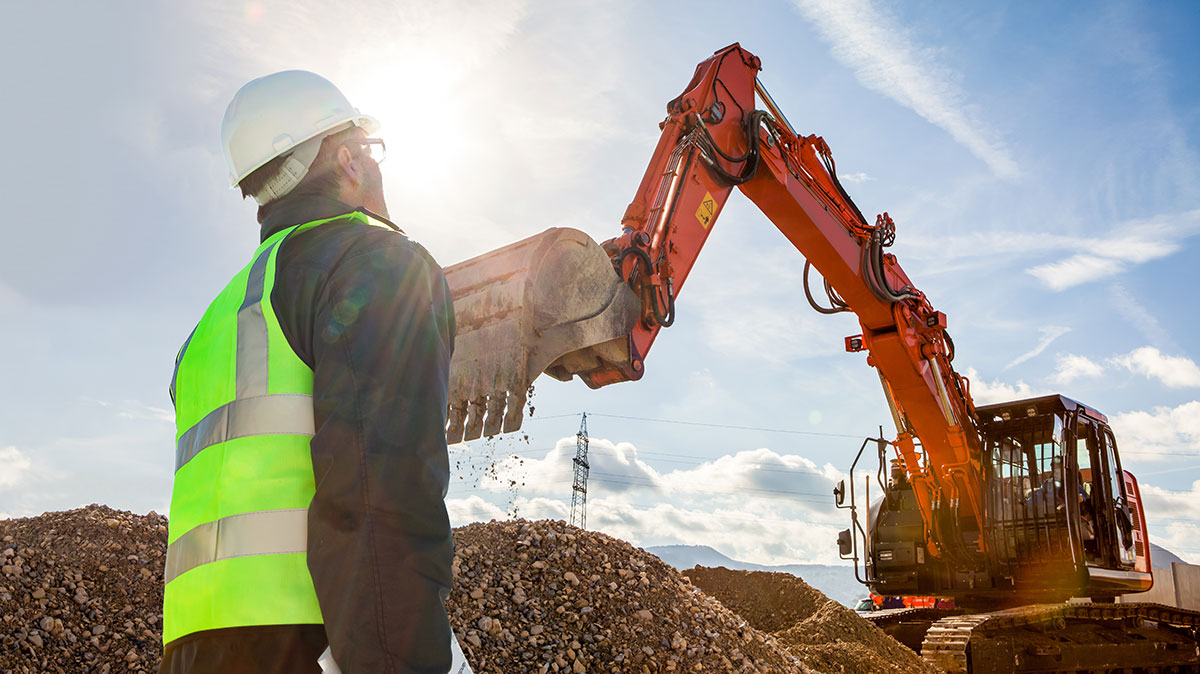
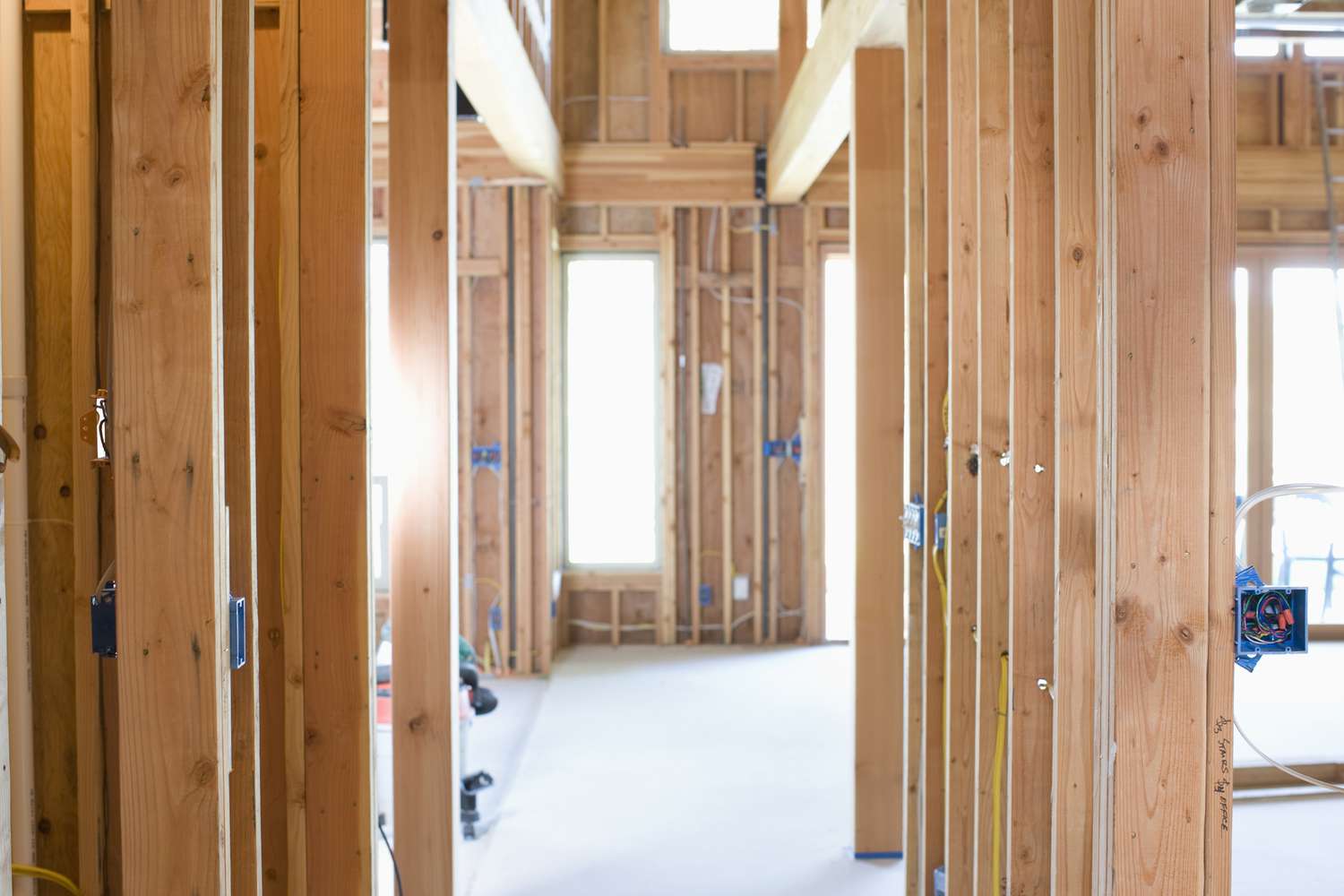
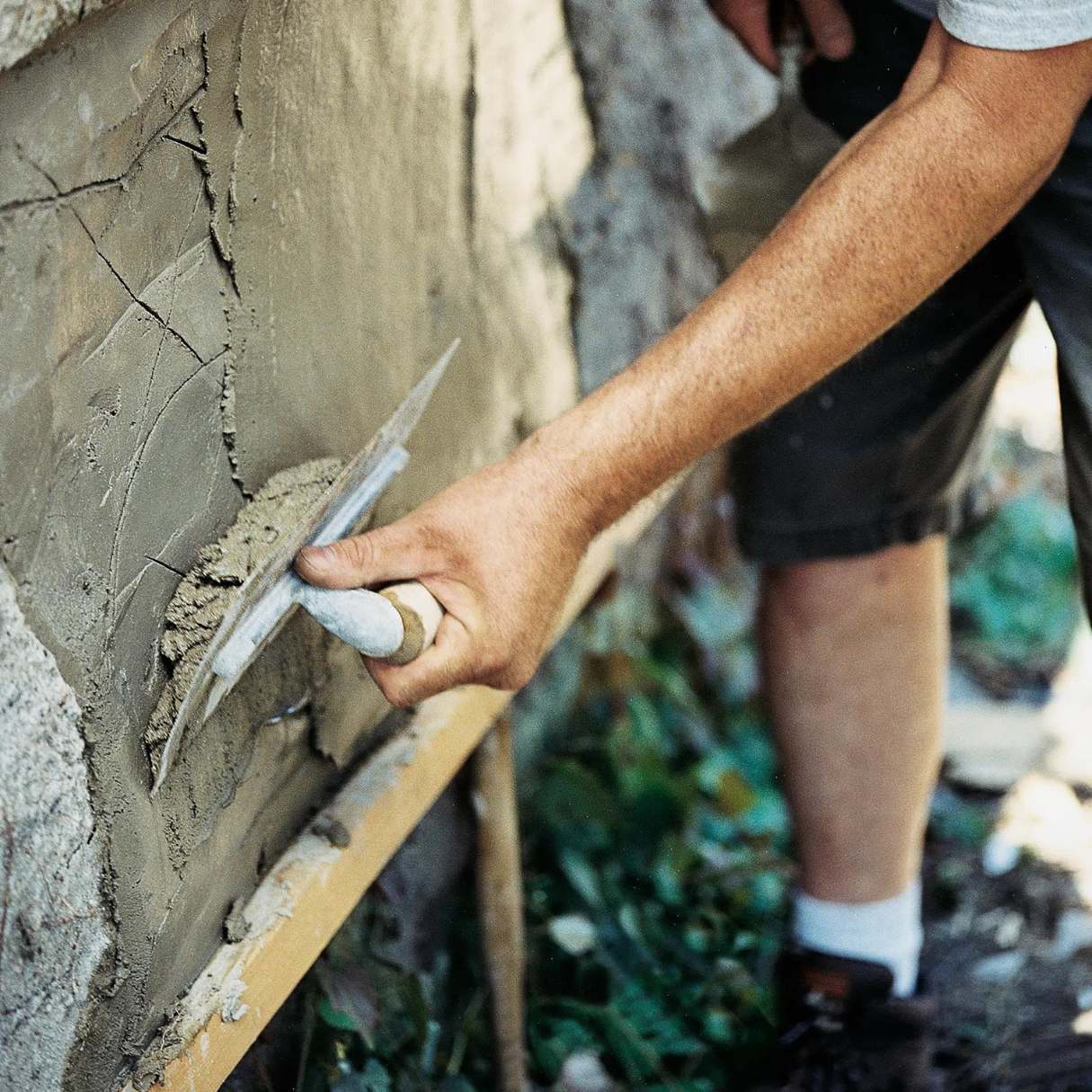
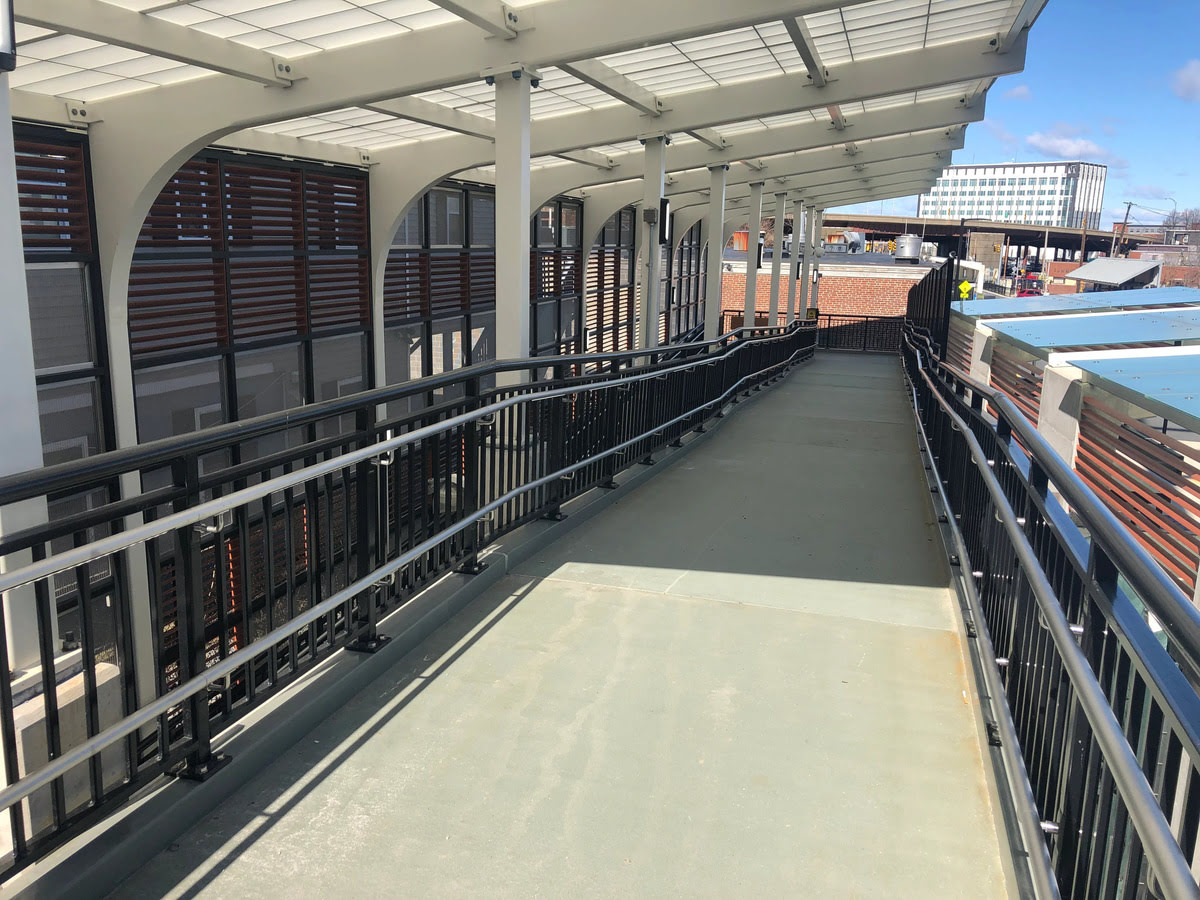
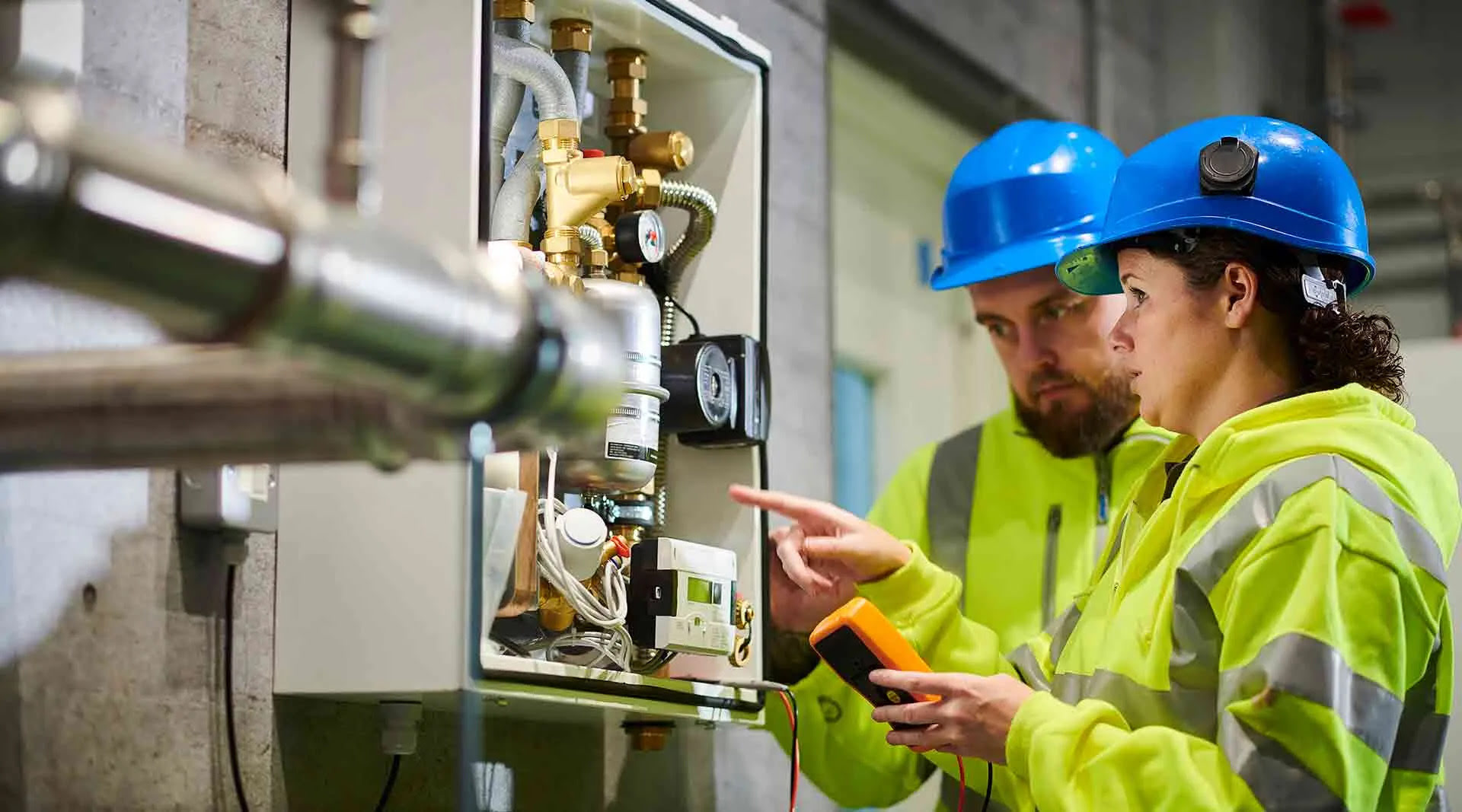
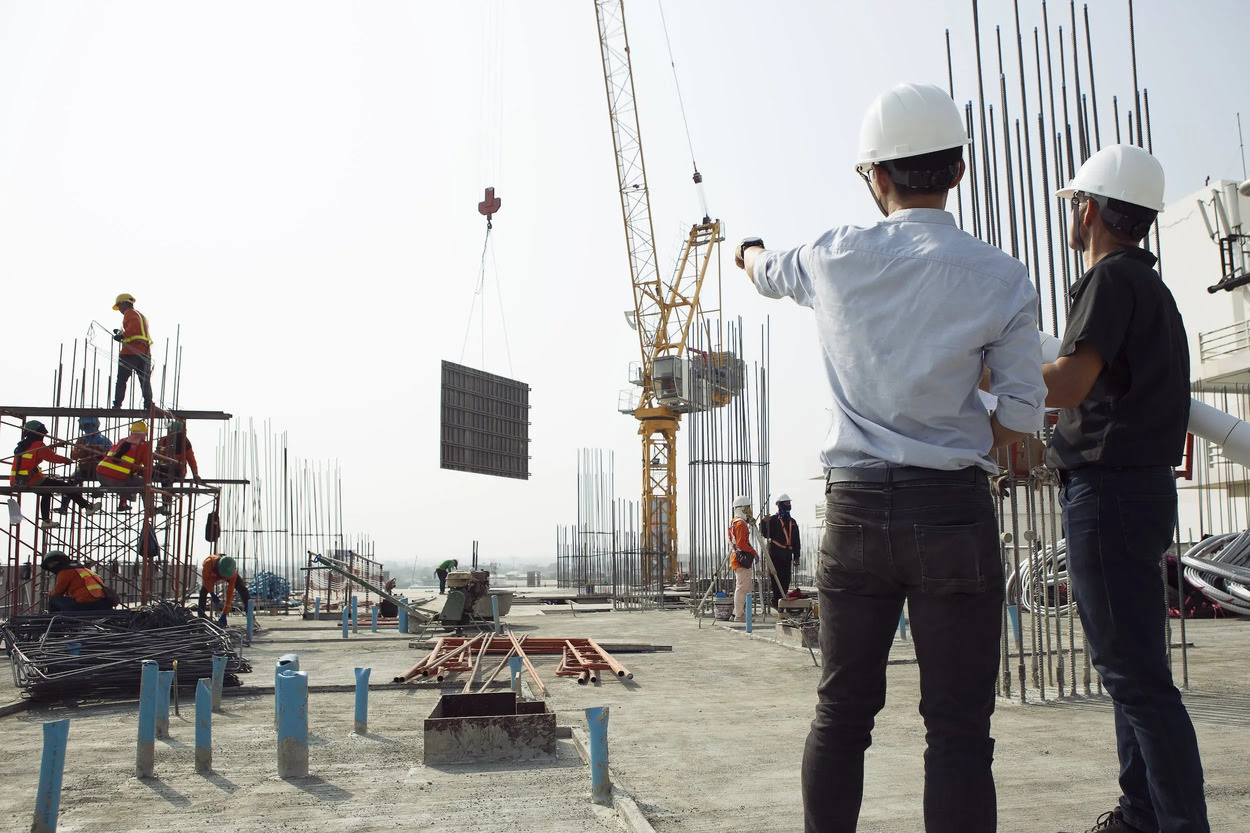
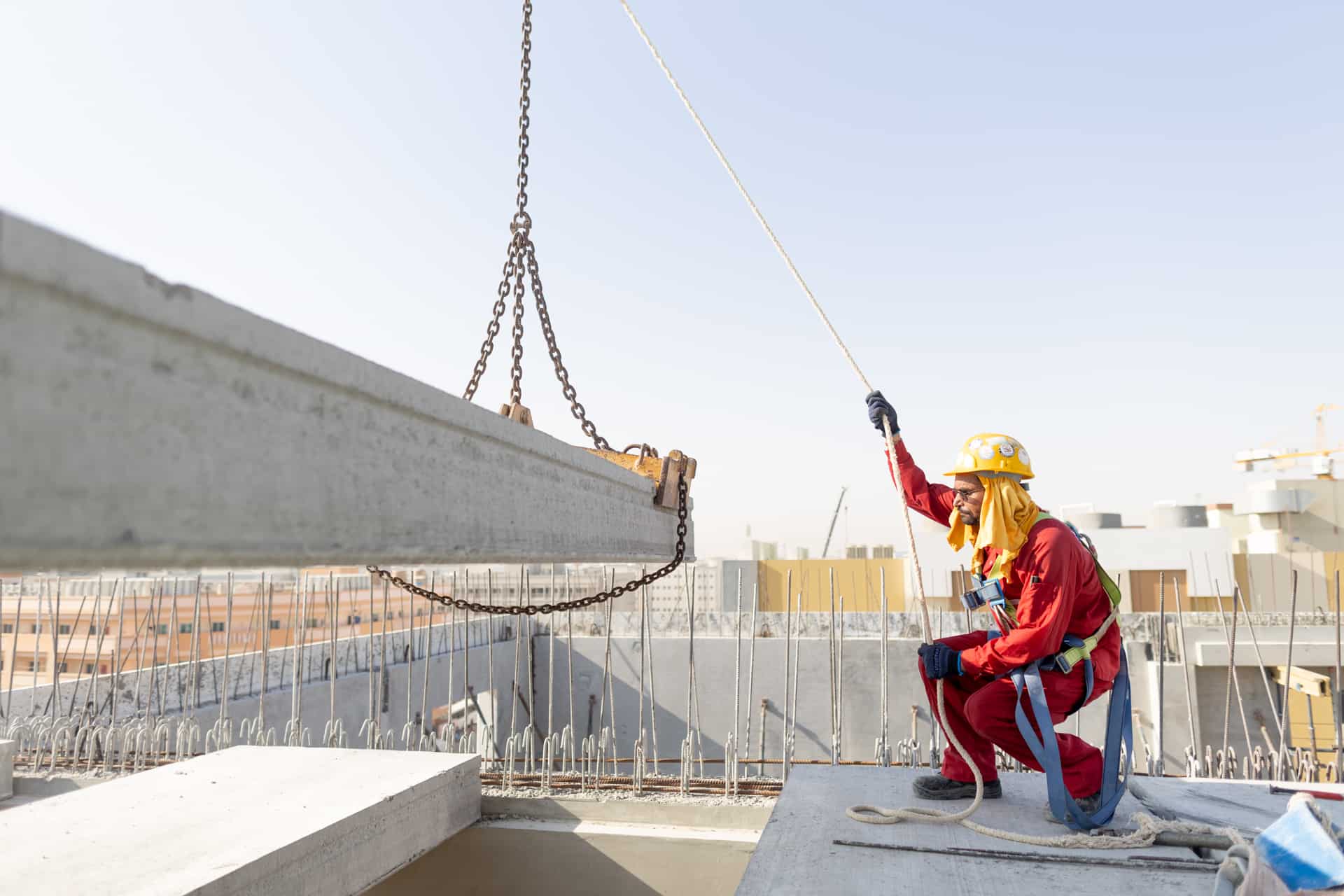

0 thoughts on “What Does Demo Mean In Construction”